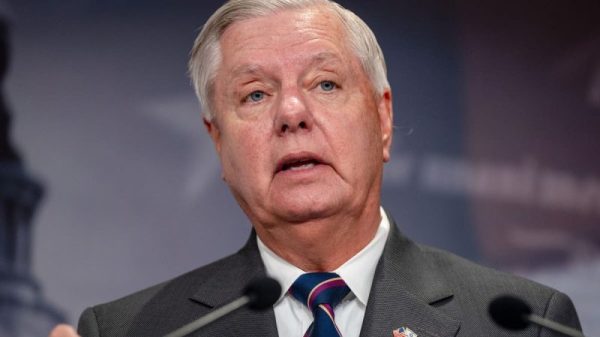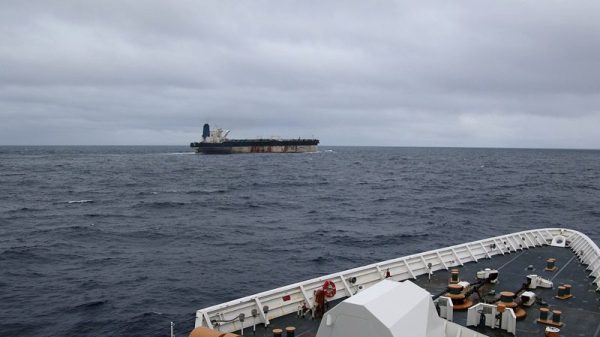Elon Musk’s Starlink Initiative Revolutionizes Disaster Relief Efforts
Elon Musk, the visionary entrepreneur behind Tesla and SpaceX, has once again captured the world’s attention with his latest technological breakthrough – Starlink. This ambitious initiative aims to provide high-speed internet access to remote and underserved areas across the globe, including regions impacted by natural disasters. In recent years, Starlink has emerged as a critical tool in disaster relief efforts, enabling communication, coordination, and support for communities devastated by storms, earthquakes, and other catastrophic events.
One of the key advantages of Starlink is its ability to rapidly deploy internet connectivity in disaster-stricken areas where traditional infrastructure has been severely compromised or destroyed. During emergencies, access to reliable communication networks is essential for coordinating rescue operations, providing medical assistance, and delivering aid to affected populations. By leveraging a constellation of low Earth orbit satellites, Starlink can quickly establish a robust internet connection, ensuring that emergency responders and relief organizations can effectively coordinate their efforts on the ground.
Moreover, Starlink’s innovative technology has the potential to bridge the digital divide in disaster-prone regions, where access to reliable internet services is often limited or non-existent. In the aftermath of a natural disaster, communities rely on timely information, communication with loved ones, and access to critical services such as emergency medical care and government assistance. Starlink’s high-speed internet connectivity can help facilitate these essential interactions, fostering resilience and recovery in the face of adversity.
In addition to its humanitarian impact, Starlink has also raised important political considerations in the context of disaster relief. As a private initiative led by Elon Musk, Starlink operates independently of national governments and traditional telecommunications providers. This has prompted questions about the role of private entities in providing essential services during times of crisis, as well as concerns about data privacy, cybersecurity, and regulatory oversight in the deployment of satellite-based internet infrastructure.
Despite these challenges, the growing success of Starlink in disaster relief efforts underscores the potential for public-private partnerships to address urgent humanitarian needs on a global scale. By combining cutting-edge technology, entrepreneurial vision, and a commitment to social impact, Elon Musk’s Starlink initiative has demonstrated the transformative power of innovation in responding to emergencies and supporting vulnerable communities in their time of need.
In conclusion, Elon Musk’s Starlink initiative represents a groundbreaking advancement in the realm of disaster resilience and humanitarian assistance. By leveraging satellite technology to deliver high-speed internet connectivity to disaster-affected areas, Starlink is revolutionizing the way that communities prepare for, respond to, and recover from catastrophic events. As the world faces an increasingly complex array of natural and man-made disasters, initiatives like Starlink offer a beacon of hope for a more connected, resilient, and secure future for all.






















